Image Credit: Energy Vanguard
At the 2012 Passive House Conference in Denver, Dr. Joseph Lstiburek gave the keynote address for the opening plenary (or plenum, as Henry Gifford would say) session. His words, clever as always, added some nice historical perspective to what the Passive House folks are doing but also caught some people off guard.
Read on, and I’ll tell you more about that.
A historical perspective on the Passivhaus standard
First, the history. Joe went way back and started by saying that the igloo built by Eskimos was the first passive house. It uses ice, with an R-value of 2 per inch, but with very thick walls. It has an air-lock entry to minimize infiltration. It has minimal glazing. And, Canuck Joe said, it’s Canadian!
Jumping to modern times, Joe discussed the history of energy efficiency and mentioned that that efficiency movement split into two camps back in the ’70s: those who pushed for superinsulated houses and the advocates of passive solar, or “mass and glass,” as Joe called it. (The passive solar camp has since turned into the renewables camp, with a great emphasis on converting solar energy into electricity with photovoltaics.)
Back in the ’70s, though, that camp was focused on capturing the heat from the sun in all kinds of ways. Joe mentioned a few and said, “If you need something like rock-bed heat storage, you’ve made a mistake.”
Why did he say that? “I’m a conservation guy, not a renewables guy.” In the end, that’s what explains his interest in the Passive House program, I believe.
The R-2000 program had unrealistic expectations
Following that introduction, Joe launched into the work he did in the early ’80s building superinsulated houses. He explained that he was using the Perfect Wall idea first published by N.B. Hutcheon (a Canadian, of course) in 1964. He discussed the R-2000 program in Canada and how it became a boutique program because of unrealistic expectations.
He also showed a lot of photos of his early projects and the failures they had to work through. My favorite was the house where they were going to embed ducts in the slab and then had to fight to get them to stay down as they floated in the wet concrete. That must have been a fun day! It’s also one of the reasons that Joe loves scotch so much.
The reason he was doing that work in the early ’80s, though, is that he did NOT quit the profession. In 1980, after hitting a low point in his life, he was living in his mother’s basement and ready to quit and do something different. Then he went to hear Amory Lovins speak in Toronto and got inspired to redouble his efforts. We’re lucky that he did because his work and his company, Building Science Corporation, have helped to blaze the trail for those of us who came afterward.
Does he or doesn’t he?
Joe and his colleague, Professor John Straube, have been critical of the Passivhaus program. In his article, Just Right and Airtight, Joe wrote, “The group that really has me confused are the Passivhaus folks who are pushing 0.6 ach@50Pa.” In the next paragraph, he wrote:
“Have you any idea how difficult it is to get to 0.6 ach@50 Pa? The number doesn’t seem to be based on anything that makes any sense. It is less than half the R-2000 number [1.5 ach@50 Pa] that didn’t make any sense. What I have been more or less able to figure out is that the 0.6 ach@50 Pa doesn’t come from any energy conservation rationale directly; it seems to be based on the need to prevent moisture problems in highly insulated building enclosures. That is the argument for the number 0.6 ach@50 Pa as I understand it. Never mind that the number, in itself, makes no sense as you can easily design highly insulated building closures without moisture problems that are not anywhere that tight.”
He didn’t really raise this issue in his talk, and I think that caught some people off guard. One person told me afterward he was disappointed in the talk because Joe seemed too nice toward the program. He wasn’t sure that Joe was sincere. I guess I can see how someone might think that if they know of his previous criticism and then hear the talk, but when I put it all in context, it does make sense.
“We’re family”
First, Joe is a conservation guy, and Passivhaus is an extreme conservation program.
Second, Joe invited Katrin Klingenberg to speak at Building Science Summer Camp this year, and he gave an impassioned plea at the end of her talk not to let the Passivhaus program become a boutique program like R-2000 had.
Third, I was hanging out with Joe and Kat the night before his talk (and drinking plenty of scotch), and I can tell you that he really does have a great interest in and affection for the Passivhaus program.
You can find another clue to where he stands on this issue in a comment he made during the annual crawl space Twitterview at Building Science Summer Camp this year.
Asked if Passivhaus is an asinine program, he responded, “No, you just need to keep the good parts of Passivhaus and change the bad parts. And it needs to evolve. A boutique program that impacts a few hundred homes doesn’t solve anything.”
Joe concluded his talk by saying, “We’re family,” and he meant it.
I’d like to hear more about where he thinks the Passivhaus standard should go, especially regarding the issue of air leakage, but the substance of his talk didn’t surprise me. What did surprise me, however, was that he gave his whole talk without a single F-bomb!
Allison Bailes of Decatur, Georgia, is a RESNET-accredited energy consultant, trainer, and the author of the Energy Vanguard blog.
Weekly Newsletter
Get building science and energy efficiency advice, plus special offers, in your inbox.

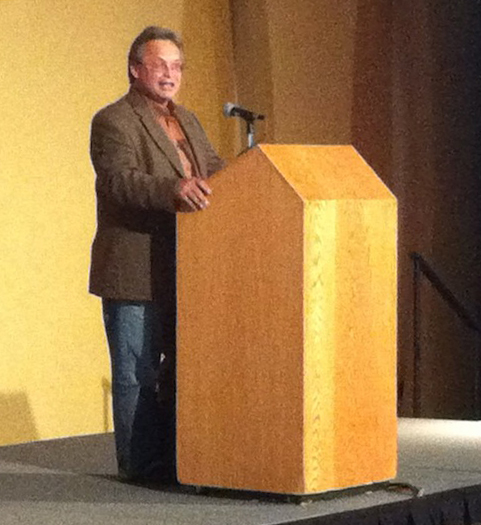




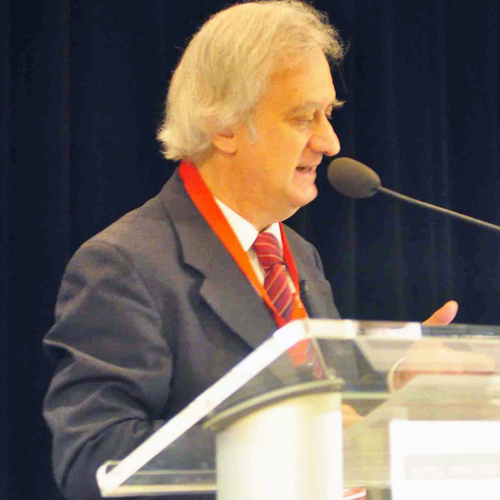
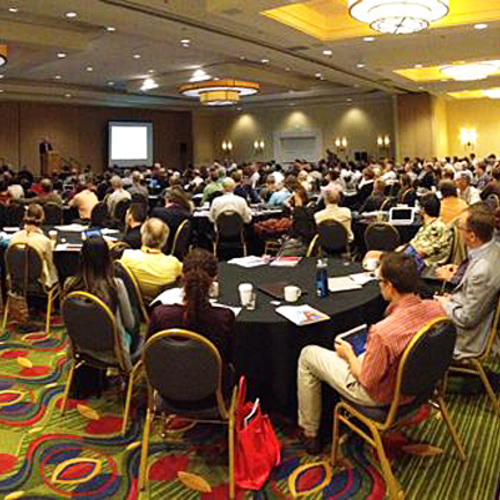
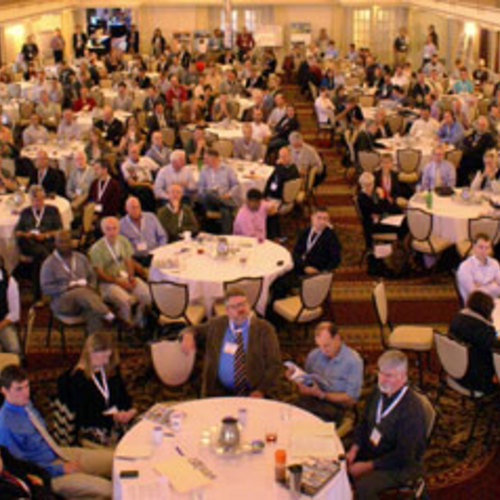
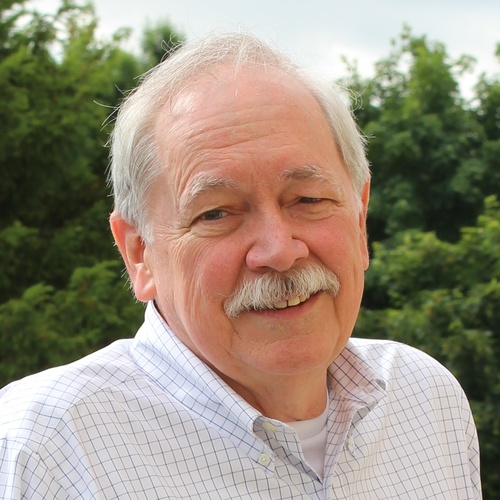






9 Comments
confused - joe's been
confused - joe's been involved in a series of skirmishes claiming (somewhat hypocritically) that PH folks build 'ugly boxes', that 0,6ACH50 is too tight... it almost seems a walk back of previous comments upon the realization that
a. PH ain't going away
b. PH has gotten significant media attention
c. BSC's status as "PH denier' wasn't exactly a winning position (e.g. PH's role in informing PGH, PHIUS teaming up w/ DOE/Frauenhofer, etc)
i'd also agree that almost no one in the PH community wants to see PH remain a 'boutique' program... be interesting to see what his 'evolved' solutions are.
Response to Mike Eliason
Mike,
I think that Joe is displaying a change in tone, not substance.
Credit for the change probably belongs to Betsy Pettit....
Media attention has yet to trump finances (response to Mike)
The cost of going to PassiveHouse levels of energy use in US zone 6 and cooler is pretty daunting, particularly on the sub-slab foam. The criticism that the cost of the avoided energy attributable to the last half of increased building performance is more than the cost of photovoltaic solar power at current pricing is something to be considered carefully when embarking on that course.
IIRC the history behind the 0.6ACH/50 spec was in part so that the space heating could be delivered at moderate temps via the ventilation system in the initial European designs. The fact that most of those used grossly inefficient resistance-electric heating elements to achieve that is pretty un-impressive too. It's no surprise that with the development of ever better variable speed ductless air source heat pump technology that PHIUS homes are often heated & cooled with mini-splits, not a toaster-element in the ventilation system. Ductless heat pumps render that part of the rationale for the ultra-tight spec somewhat moot, in much the same way that better-designed wall stackups render the moisture arguments for that level of tightness (and extreme-low U-factors) moot. If it uses the same amount of power (or less) at twice the U-values and 3-4x the leakage rate, even with equipment replacement costs over the next century the net-present-value of the cost the even higher performance PassiveHouse will never catch up.
A typical Net Zero Energy house already uses about 1/4(or less) the heating & cooling energy of a code-min house at half or less the insulation of a PassiveHouse, and can be cheaper to build than a PH, ductless heating/cooling & PV included. Both approaches are pretty much boutique categories currently but as PV becomes even cheaper it will be ever harder to make the case for PassiveHouse over Net Zero.
In sunny not-too-cold places where getting to Net Zero is even cheaper, it may eventually become required by code do do so. Austin Texas is leaning pretty hard in that direction: http://www.proudgreenhome.com/article/140057/Austin-aims-for-net-zero-capable-homes-by-2015
But I don't expect anything approaching PHIUS energy use levels to become enshrined in code anywhere in my lifetime.
The PH requirement to be able
The PH requirement to be able to deliver all space heating load via very low ventilation air flows heated to only moderate temperatures seems an artificial requirement with no underlying intrinsic merit.
I echo the sentiment that decreasing PV system costs combined with increasing heat pump efficiency renders expensive super-insulated envelopes less and less cost-feasible in most climate zones south of the Yukon River. There is a further argument that the embodied expense and energy to achieve PH is amoral, in the same way that McMansions are amoral.
At some risk of oversimplifying I would put forth that Insulating 10 homes' slabs to R10 saves about 8x the energy than does insulating 1 home's slab to R100 and leaving the other 9 slabs uninsulated, but both scenarios consume the same amount of imported petroleum-based foam insulation.
I won't offer subjective judgement about the aesthetics of typical passive houses, but I doubt that a builder who limits his model line to cubes with tiny, horrifically expensive European windows will last long in the US market.
PH, so far, seems hopelessly unable to cope with southern humidity. I know of no successful PH project anywhere south of Interstate 20 east of Interstate 35.
Passive House and Southern Comfort
Curt, I saw a hint somewhere else indicating that the Louisianna Passive House may not be performing as expected.....does anyone have more detail ?
https://www.greenbuildingadvisor.com/blogs/dept/green-building-news/following-passive-house-deep-south
Dehumdification is Hard
I remembered where I saw a "hint" of a problem with the Louisianna P-Haus.
https://www.greenbuildingadvisor.com/blogs/dept/musings/new-passivhaus-standard-north-america
I'm not sure what she meant by "point source dehumidification" or how they "learned" it didn't work.
Response to John Brooks
John,
Here's a link to a PowerPoint presentation with some data:
http://downloads.cpex.org/summit2011/CSaft_Green_Buildings.pdf
As with most posted PowerPoint files, the reader has to guess at what the presenter was saying as the slides were projected.
One slide reports:
"What else did we learn?
- yes, well sealed, well insulated ERV … but
- massing, orientation, shading & ventilation
- back vented rains screen
- separation of ventilation & dehumidification from heat/cool."
I recently updated the links in the "Related Stories" sidebar in GBA's two stories on the LeBois house:
Passivhaus Finds a Home in the Bayou State
Following Up on a Passive House in the Deep South
"I think that Joe is
"I think that Joe is displaying a change in tone..." And I am sure that is welcome. Good leaders do not publicly criticize the team, regardless of how poorly their uniforms look. Good job, Joseph; forward and onward in harmony. As for PassivHaus going away, I sure hope not. We need the leadership and research, and perhaps the movement will tone down a tad and morph into something for more people.
I'm not a PH expert by ANY means, but...
I remember reading that PH standard allows a 10% deviation interval from upper indoor temperature limit of 25*C (77*F on the left side of the pond).
That sounds pretty innocuous, but no mention seems to be made of the degree of deviation, and 10% of the time translates to 876 hours per year or possibly every afternoon from 3 until 9 PM from May through September. That dog simply won't hunt.
I dimly recall hearing the Cajun PH was given over to college students living rent free, so their comfort standards were understandably lower, and even then the house was said to be uncomfortable during summer evenings...ya think?!?!
I have two PH fans in my contact sphere - one friend, one brother-in-law. It has taken me years to convince them of the role and importance of humidity control to occupant comfort and satisfaction.
I'm in favor of any reasonable energy conservation and home design program as long as it can guarantee 77*F and 45% RH 99% of the time during cooling season.
As to "point dehumidification", folks promulgating it often fail to understand that dehu trades latent heat for sensible heat. While there's little not to like about trading a 60*F 80%RH basement for 70*F 50%RH anywhere north of the Mason Dixon line, the math falls apart here in the sunny south.
Log in or create an account to post a comment.
Sign up Log in